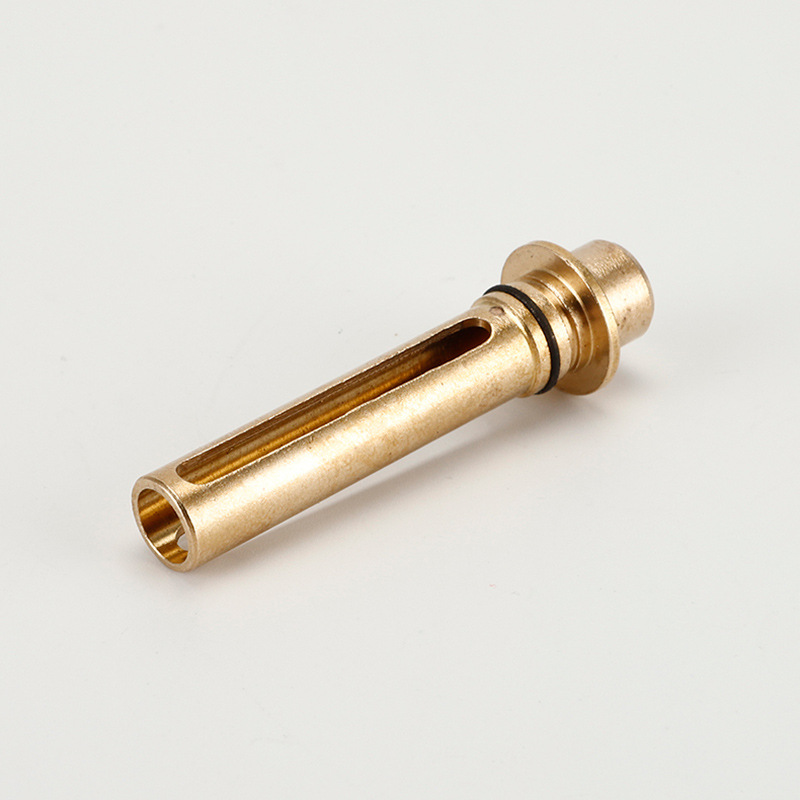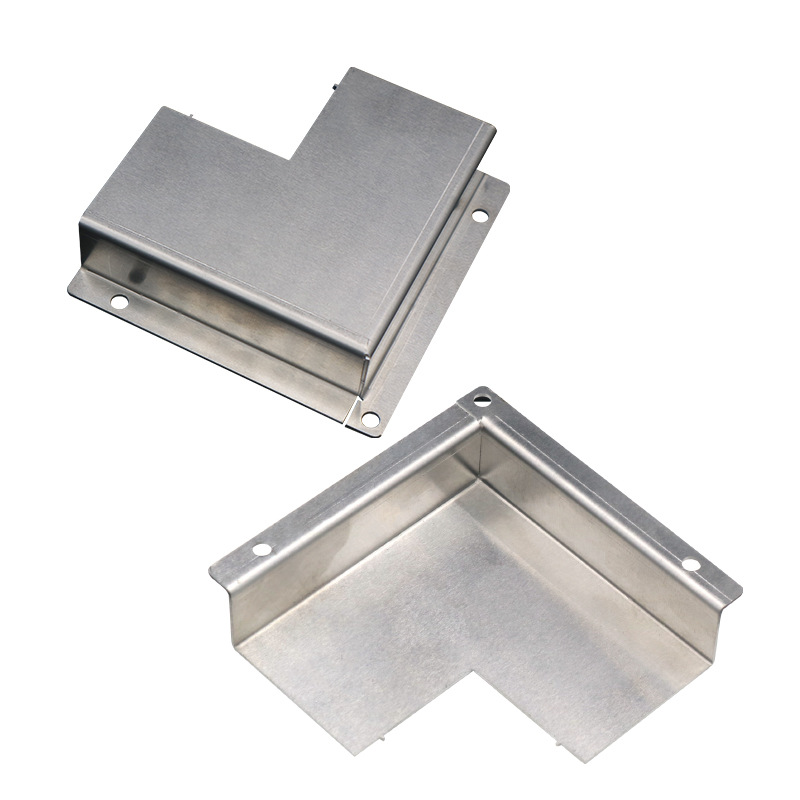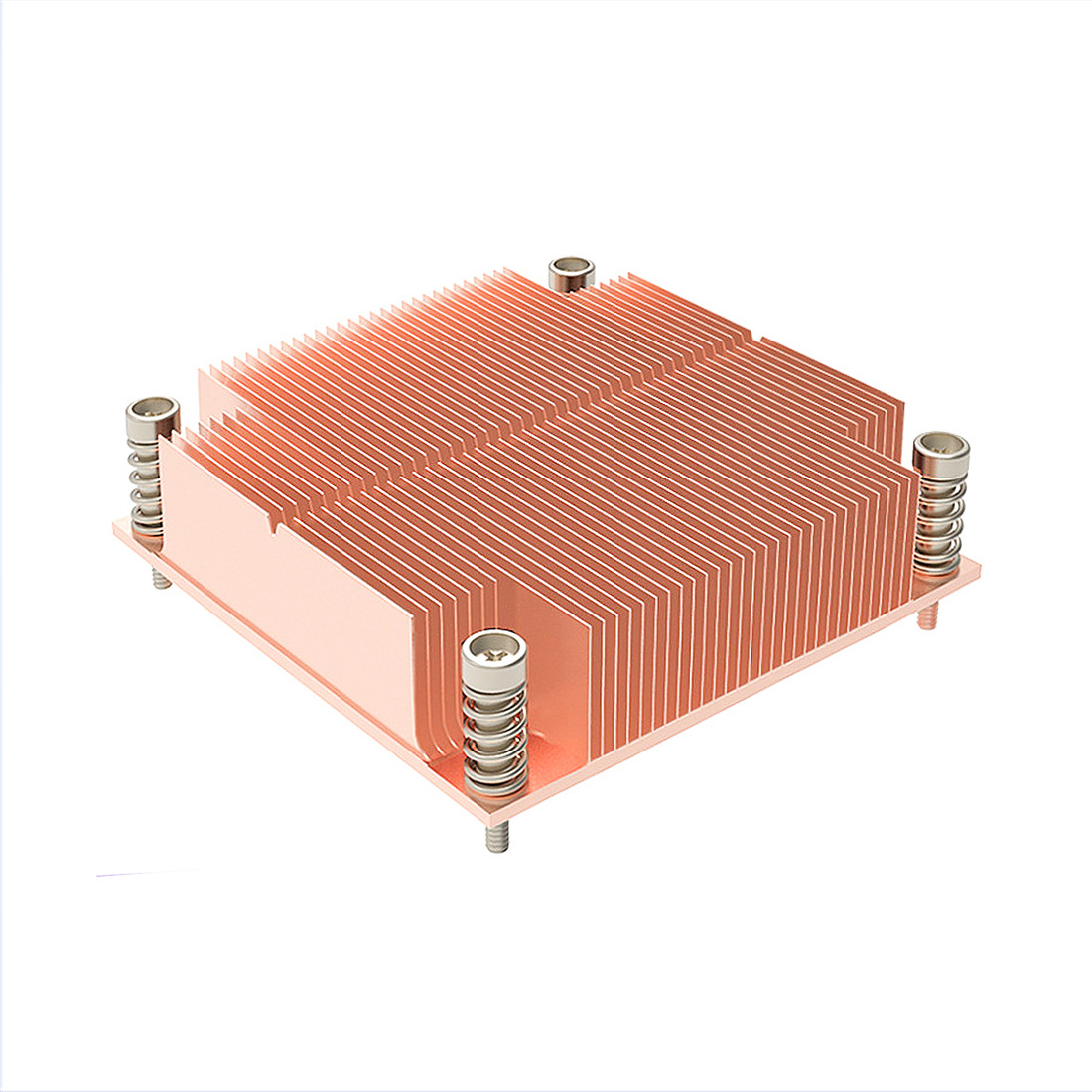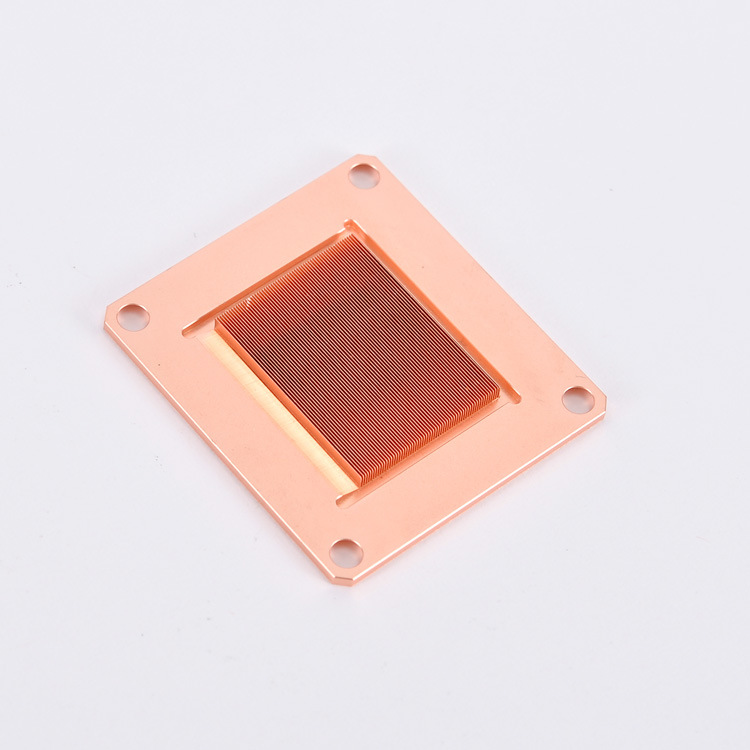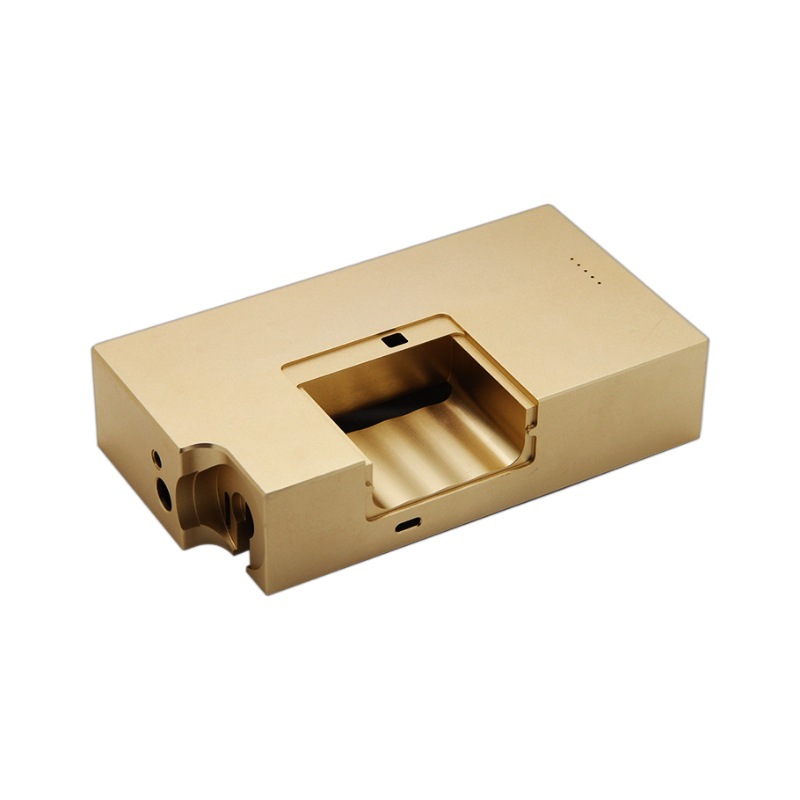CNC machining, a revolutionary technology in the manufacturing sector, is a subtractive process where material is removed from a workpiece to create the desired shape, enabling the creation of highly precise and repeatable parts.
Understanding how to design CNC machining parts is crucial for those involved in this field, and it is widely used for creating precision parts in various industries, including aerospace, automotive, electronics, etc.
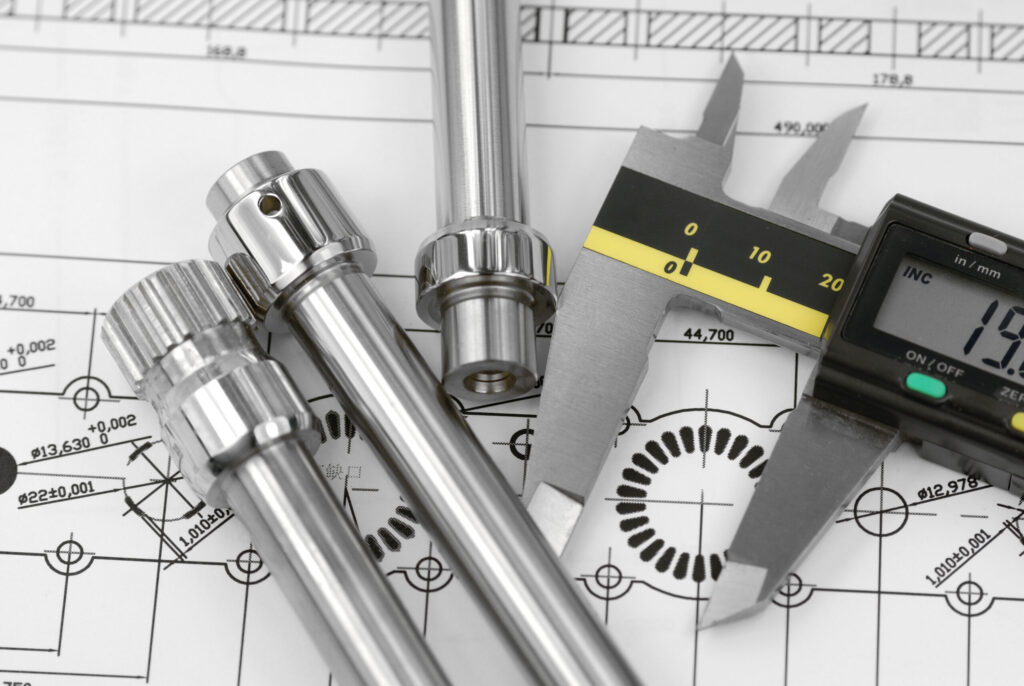
To design CNC machining parts effectively, there are five necessary steps: determining design goals and requirements, selecting part materials, geometric dimensioning and tolerancing (GD&T), utilizing CNC software, and prototyping and testing.
Based on our years of industry experience, designing CNC machining parts can roughly follow above steps. Besides, we also need to learn some techniques, such as mastering advanced design software and communicating with machinists to clarify requirements. Next, we will provide a detailed introduction to these steps and offer some additional tips.
Five Necessary Steps:
1.Determine Design Goals and Requirements
Designing CNC machining parts depends on your design needs and goals. You can ask yourself a few questions, such as what functions do you want your parts to play?
What shapes, sizes, and raw materials are needed for design? Sometimes, it’s wise to prepare multiple design schemes as backups. Once determined, simplify the design without compromising functionality and finally choose the best design.
2.Selecting Part Materials
Choosing the right material is the foundation of a successful CNC machining project. Metals like aluminum, steel, and titanium are popular, but plastics and composites are also common.
Each material has unique properties which impact the machining process, so we should consider it from material characteristics such as hardness, strength, thermal stability. Here are common materials and their advantages for your reference:
- Aluminum: Lightweight, easy to machine, and corrosion-resistant.
- Steel: Strong and durable but harder to machine.
- Titanium: High strength-to-weight ratio, excellent for aerospace applications.
- Plastics: Versatile with good chemical resistance but can be prone to warping.
3.Geometric Dimensioning and Tolerancing
GD&T is a system for defining and communicating engineering tolerances using symbolic language on drawings. It provides a clear and concise way to specify allowable variations in part geometry, ensuring parts fit together correctly and function as intended.
This is especially critical in high-precision industries where minor deviations can lead to significant issues.
4.Utilize CNC Software
- CAD Software: Tools like AutoCAD, SolidWorks, and Rhino for creating detailed 3D models. These tools allow for precise and detailed models that can be easily modified and optimized for CNC machining.
- CAM Software: Programs like Fusion 360, Mastercam, and Edgecam convert CAD models into CNC machine instructions. CAM software generates the tool paths, dictating how the CNC machine will move to create the part, and allows users to simulate the machining process for efficiency and accuracy.
- Simulation Software: These tools verify the design and machining process, ensuring no errors before production. Simulation software detects collisions, overcuts, and other potential issues.
5.Prototyping and Testing
Prototyping helps identify design flaws early. CNC machining is a popular method for creating functional prototypes that can be tested in real-world conditions. Test prototypes thoroughly and iterate based on feedback.
This process helps refine the design, ensuring the final product meets all requirements. Adjust designs based on testing results to improve functionality, manufacturability, and cost-effectiveness.

Additional Tips:
1. Advanced Design Techniques
Multi-axis machining allows for creating complex parts with fewer setups, essential for producing intricate geometries with high precision.
Explore advanced materials like composites for high-performance applications, offering unique properties enhancing part functionality.
Combine CNC machining with other manufacturing techniques, such as additive manufacturing, to optimize production. This hybrid approach combines precision with flexibility.
2.Collaboration with Machinists
Effective communication between designers and machinists is crucial for successful part production. Clear communication ensures designs are practical and manufacturable.
Leverage the expertise of CNC specialists to refine designs and improve manufacturability. Their insights can help identify potential issues and suggest improvements.
3.Common Mistakes
Overly Complex Features: Avoid unnecessary complexity that increases machining difficulty and cost. Simplify features where possible to make the manufacturing process more efficient.
Ignoring Material Constraints: Design with the material’s properties in mind. Don’t push the limits of what the material can handle, as this can lead to production issues and part failure.
Inadequate Tolerances: Specify tolerances accurately to ensure parts fit and function as intended. Avoid overly tight tolerances that drive up costs without significant benefits.

Summary
Designing CNC machining parts requires a balance of precision, practicality, and understanding of the machining process.
By following these guidelines and utilizing the right software tools, you can create efficient and effective CNC designs.
Consider manufacturing constraints and optimize for the best results. CNC machining offers a versatile and precise method for creating complex parts, but it requires careful planning and execution to achieve the best results.
Stay updated with the latest advancements in CNC technology and continuously refine your design and machining processes. This will improve the quality of your parts, reduce production time, and lower costs. Happy designing!



